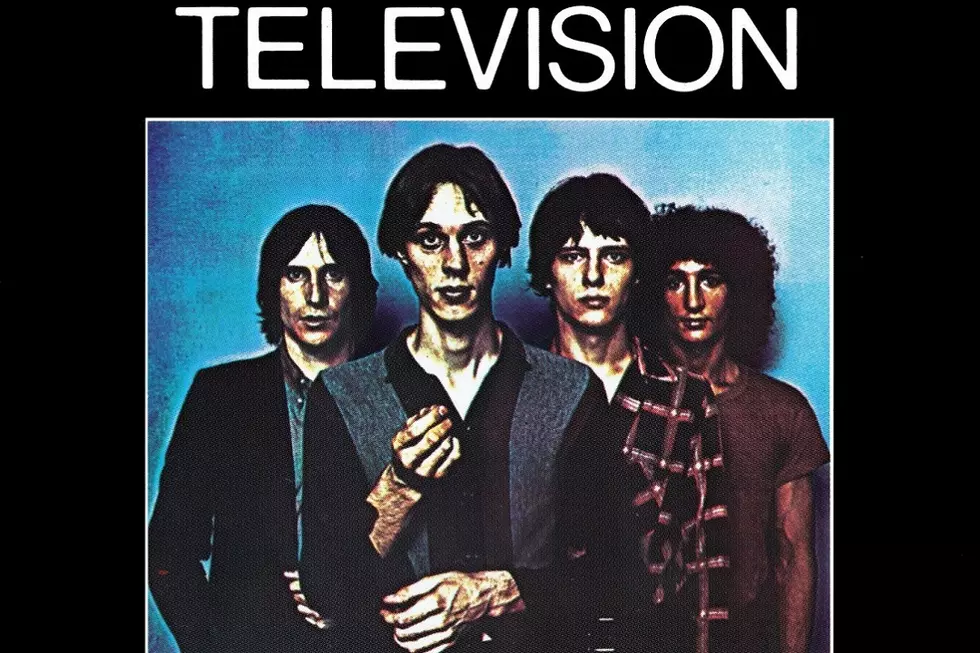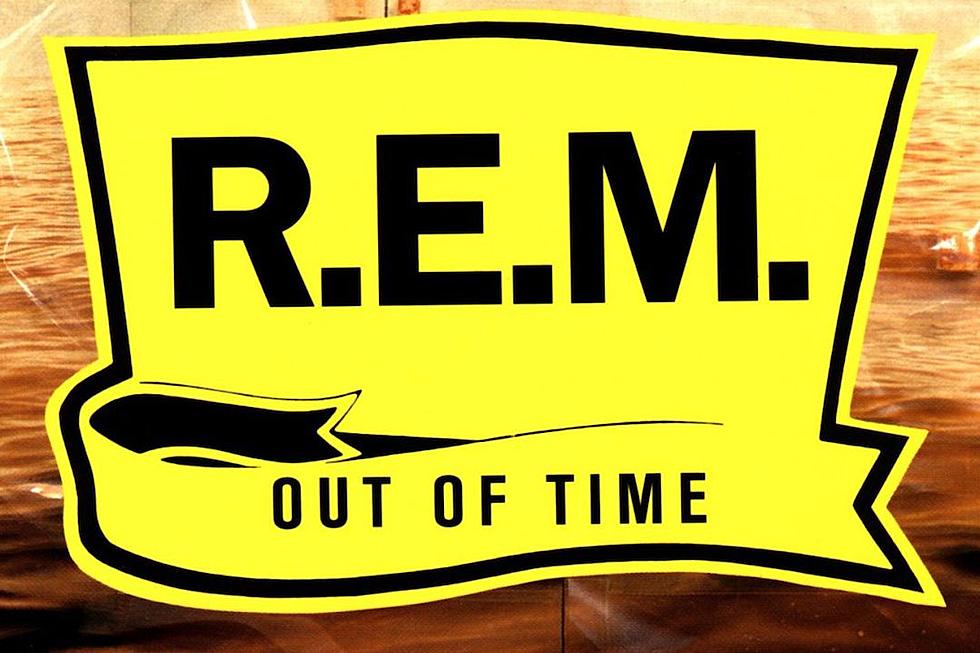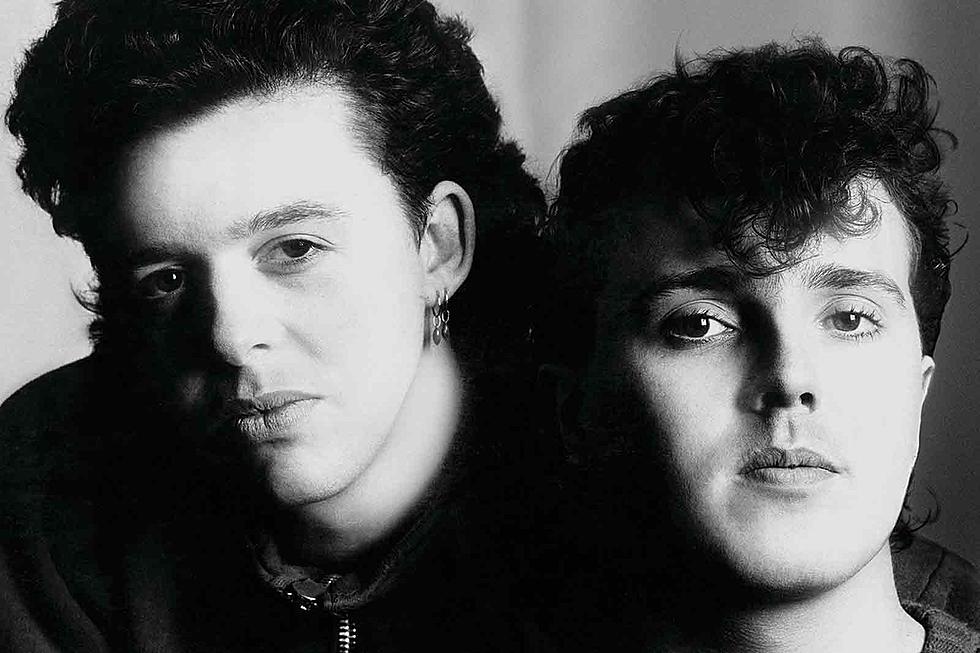How Paul Simon Reinvented Himself with ‘Graceland’
There's a lot to be said for the convenience of digital audio and streaming, but there will never be a true substitute for a good old-fashioned mixtape — and Paul Simon proved it with his seventh solo LP, 1986's Graceland.
The early '80s found Simon at a low ebb creatively and personally, as he struggled through a professional slump while sifting through the emotional wreckage left by his divorce from Carrie Fisher. Fortunately, he'd soon receive a pick-me-up thanks to a connection made by Saturday Night Live mastermind Lorne Michaels, who introduced him to a New York songwriter named Heidi Berg.
Intrigued by Berg's music, Simon offered to produce an album for her, and while they were in discussions regarding the direction she wanted the record to take, Berg loaned him a tape to give him a feel for what she had in mind. It wasn't labeled and it took Simon some time to get around to playing it – but once he did, the songs quickly got their hooks in him.
"It was very good summer music, happy music. It sounded like very early rock and roll to me," Simon told Rolling Stone. "Black, urban, mid-'50s rock and roll, like the great Atlantic tracks from that period. I was listening to it for fun for at least a month before I started to make up melodies over it. Even then, I wasn't making them up for the purpose of writing. I was just singing along with the tape, the way people do."
Like those melodies, the idea to pursue a project based on the songs he'd heard on the tape slowly developed organically. "After a couple of weeks of driving back and forth to the house and listening to the tape, I thought, 'What is this tape? This is my favorite tape, I wonder who this band is,'" he added. "And that's when things started to perk up."
Initially unsure of what he was hearing on the tape, Simon sent reps at his longtime label, Warner Bros., on an errand to track down the source. He was ultimately connected with South African producer Hilton Rosenthal, who determined he'd been listening to a compilation titled Gumboots: Accordion Jive Hits, Volume II — and made it clear he could connect Simon with the musicians playing the music.
Going to the geographic center of the music that moved him wasn't a new concept for Simon. While still one-half of Simon & Garfunkel, he'd worked with the Andean group Los Incas on a recording of "El Condor Pasa"; years later, while still as a developing solo artist, he'd traveled to Memphis to work with local musicians while cutting the tracks for his 1972 album There Goes Rhymin' Simon. Still, when Simon flew off to South Africa with engineer Roy Halee in tow, the rules were a little different.
Watch Paul Simon's Video for 'You Can Call Me Al'
For starters, Simon arrived without any songs written. Typically the type of performer who brought demos or works in progress to the studio, he instead opted to rely on Rosenthal to help him congregate the best players in Johannesburg and directed them to simply jam, intending to work with Halee after the sessions by splicing and editing their efforts to turn them into songs. In the digital era, it's a not altogether uncommon approach, but at the time — particularly for someone of Simon's vintage — it was a potentially costly move that might have raised a few eyebrows at the label. Fortunately for all concerned, he neglected to tell the execs at Warners what he was up to.
More problematic was the question of whether Simon should have been in South Africa in the first place. The region's apartheid regime had come increasingly under fire for its harsh segregationist policies, and a growing number of artists had agreed to impose a cultural boycott — something Simon was sensitive to and aware of, to the extent that he sought out guidance from Quincy Jones and Harry Belafonte. Both musicians agreed he was within his creative rights to take the trip, but Belafonte urged him to hold off until he could speak with the African National Congress — advice an impatient Simon shrugged off, both out of a desire to get the project started and an overall annoyance with any political imposition on his process.
"Personally, I feel I'm with the musicians," Simon told the Guardian. "I'm with the artists. I didn't ask the permission of the ANC. I didn't ask permission of Buthelezi, or Desmond Tutu, or the Pretoria government. And to tell you the truth, I have a feeling that when there are radical transfers of power on either the left or the right, the artists always get screwed. The guys with the guns say, 'This is important,' and the guys with guitars don't have a chance."
The fallout from Simon's decision would later threaten to consume the public's response to the project but, in the short term, his trip to South Africa proved immensely fruitful — both in terms of the music it yielded and the personal connections he came away with. Building a de facto band out of South African talent such as guitarist Ray Phiri, bassist Bakithi Kumalo and drummer Isaac Mtshali, Simon came to feel a kinship with the musicians he'd recruited — and in some cases, the feeling was quite mutual.
"I nearly fainted!" recalled Ladysmith Black Mambazo member Joseph Shabalala of the vocal group's sessions with Simon. "I'm thinking, who is this guy?' He is my brother. Why is he hiding himself in America? I call him 'brother.'"
Watch Paul Simon's Video for 'Diamonds on the Soles of Her Shoes'
In other cases, the experience of working with Simon wasn't quite as positive. The members of Los Lobos were particularly vocal about their displeasure with the way things turned out, later accusing Simon of taking complete credit for music they'd jammed on in the studio. "It was not a pleasant deal for us," multi-instrumentalist Steve Berlin told LA Weekly. "I mean he quite literally — and in no way do I exaggerate when I say — he stole the songs from us."
Questions of cultural and musical appropriation were still on the horizon, however, when Simon put the finishing touches on the album he'd titled Graceland. Arriving in stores on Aug. 25, 1986, it presented a version of the veteran artist fans were unprepared for — from the wheezing accordion and booming drums that kicked off opening cut "The Boy in the Bubble" through the ebullient (and allegedly Lobos-lifted) closing track "All Around the World or the Myth of Fingerprints," it blurred global boundaries as seemingly effortlessly as the songs burrowed their way into the memory.
Simon would later insist he harbored no illusions about the album's commercial prospects, but Graceland gathered momentum, eventually becoming the top-selling release of his solo career. Preceded by an appearance with Ladysmith Black Mambazo on Saturday Night Live — a collaboration that led to the last-minute addition "Diamonds on the Soles of Her Shoes" — the record racked up multi-platinum sales and a Grammy for Album of the Year, largely without the benefit of major support from radio or MTV.
Graceland's legacy was complicated before it even made its debut, and the story surrounding the album hasn't gotten any simpler in the decades since its release. The method of writing Simon adopted for its songs altered his musical course for over a decade, sending him in increasingly esoteric directions as he approached the songwriting process from different vantage points, and Graceland's massive sales and impact cast a shadow that loomed over subsequent releases – no matter how strong they might have been in their own right. Years after apartheid was finally ended in South Africa, the debate continues to rage over whether Simon made the right decision in recording there, or whether what he did constituted collaboration or appropriation.
At the heart of it all, however, lies an album whose "good summer music, happy music" stands shoulder-to-shoulder with the greatest achievements in an incredible career — and whose soothing strains are only the surface of a set of songs with deceptively dark undercurrents. Bruised from heartbreak, questioning his prospects, and drifting into middle age, Simon questioned his surroundings with the same startling insight that made him a star while taking his audience on a musical adventure that, for some, opened the gateway to a lifetime of exotic sounds. His career — and American pop music in general — would never really be the same.
See Paul Simon In Our List of 1986's Best Albums
More From Diffuser.fm









